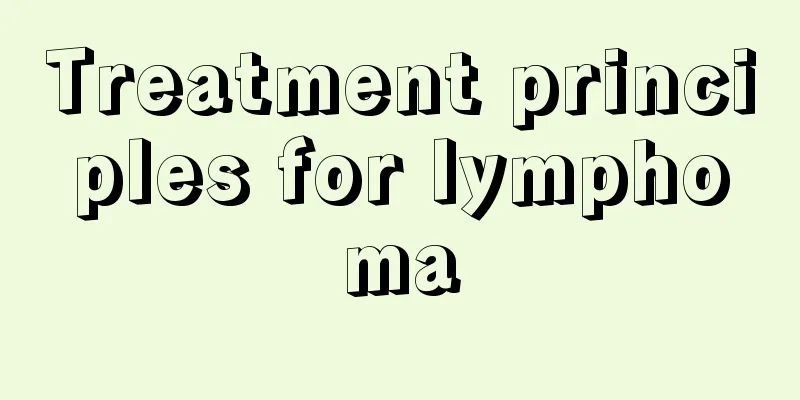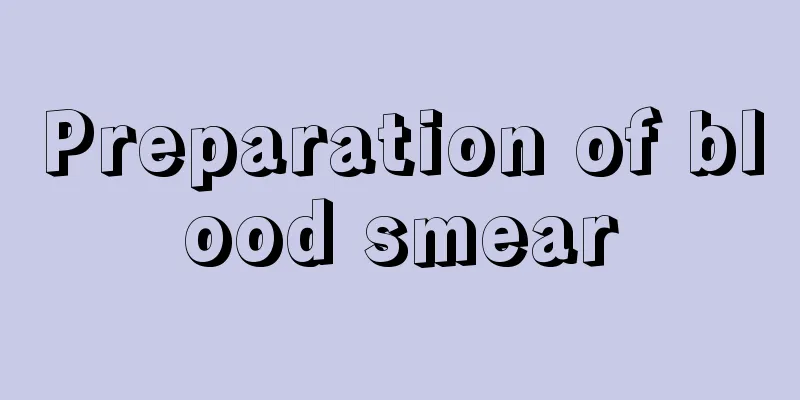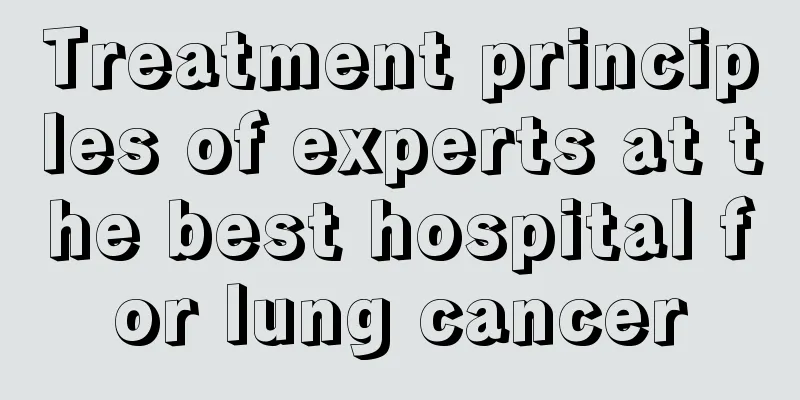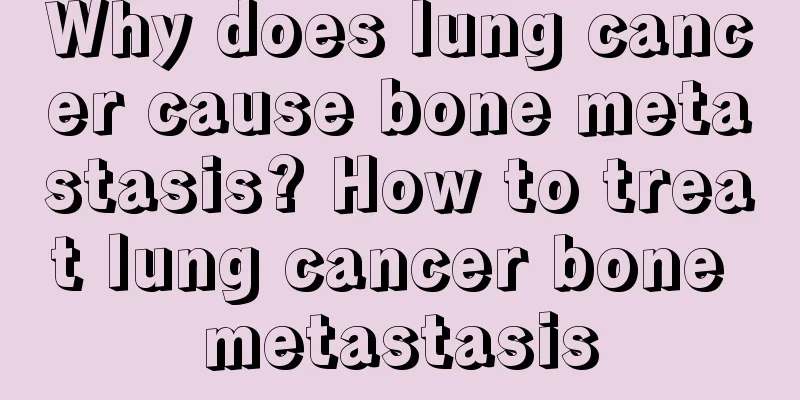Treatment principles for lymphoma

|
The treatment principles for lymphoma are as follows: 1. Treatment principles of HL Stage I: Subtotal lymph node irradiation (STNI), radical dose (4.5-50 Gy). Stage IB, ⅡA-B: total lymph node irradiation (TNl), followed by MOPP combined with chemotherapy × 4 cycles. For patients with stage III or I and II lymphocyte reduction type and large mediastinum (mediastinum invasion exceeds 1/3 of the transverse diameter of the chest cavity) or mass >5cm in diameter, first use MOPP chemotherapy for 3 cycles, then radiotherapy, whole lymph node irradiation, radical dose: followed by MOPP chemotherapy for 3 cycles. Stages IIIB and 1V: Combination chemotherapy is the main treatment, with the following regimens: MOPP, ABVD, and MOPP/ABVD alternating. The dose intensity must be sufficient, for a total of 6 cycles or more (plus 2 cycles after complete remission), and local radiotherapy if necessary. Splenectomy can be performed for patients with splenic invasion who have poor responses to chemotherapy and radiotherapy or who have hypersplenism. Recurrence: For recurrence after radiotherapy remission, combined chemotherapy can achieve good therapeutic effects similar to those of initially treated cases; for recurrence after more than one year of remission after chemotherapy, the original chemotherapy regimen should be used. For those who relapse less than one year after remission after chemotherapy, the chemotherapy regimen should be changed, such as changing MOPP to ABVD, or changing ABVD to MOPP. If the patient is resistant to both MOPP and ABVD, the new chemotherapy regimen should be used. For children and minors, adequate combined chemotherapy is the main treatment. If radiotherapy is required, 1/2 of the radical cure dose can be used, and the radiation field needs to be symmetrical. The MOPP regimen affects fertility, so in some cases where fertility needs to be preserved, MOPP should not exceed 6 cycles. (II) Principles of NHL treatment 1. Low-grade malignancy 1. Stage II: radiotherapy, subtotal lymph node irradiation, expanded field, radical dose. Stage III, IV: combined chemotherapy, COPP or CHOP regimen, local radiotherapy when necessary, or interferon injection, or whole body low-dose radiotherapy 150cGy/5 weeks. Sometimes the principle of observation and waiting is adopted, and treatment is performed when necessary. In short, the treatment should not be too aggressive. 2. Moderately malignant IA-B, ⅡA stage: radiotherapy, whole lymph node irradiation. Radical dose, plus chemotherapy CHOP or BACOP × 4 cycles. ⅡB and ⅡA stage with extensive invasion: chemotherapy 2~3 cycles and radiotherapy, whole lymph node irradiation. 3. Highly malignant Active systemic chemotherapy is the main treatment, with local radiotherapy when necessary. Bone marrow transplantation (BMT) or APBSCT and intensive chemotherapy with or without radiotherapy under CSF support. The treatment principle for low, medium and high malignant recurrence cases: either use more intensive chemotherapy than the original treatment plan, or change to a new chemotherapy plan, or intensive chemotherapy with or without radiotherapy under BMT, APBSCT, and CSF support. |
<<: Treatment of several special types of lymphoma
>>: Differential diagnosis of laryngeal cancer
Recommend
How long can a liver cancer transplant patient live? Determined by many factors
Modern people are under great pressure in life, c...
Can I drink alcohol while taking a hot spring bath?
Every winter, the weather is very cold, and hot s...
Dietary taboos for nasopharyngeal carcinoma patients during treatment
Symptoms of nasopharyngeal cancer include blood i...
What is the best diet for lung cancer? Diet care for lung cancer
Society has developed and living standards have i...
When should I take antihypertensive drugs in the morning
High blood pressure is a common disease condition...
What are the symptoms of enteritis?
The terminal stage of enteritis is indeed quite c...
How to treat purpura and high urine protein?
If Henoch-Schonlein purpura nephritis causes kidn...
How many types of precancerous lesions are there for laryngeal cancer?
Precancerous lesions of laryngeal cancer include ...
Can prostate cancer be cured
After suffering from prostate cancer, many patien...
Are Chinese people more likely to get liver cancer? You must know these 3 reasons
The proportion of liver cancer in Chinese people ...
What are the effective methods to treat body odor
Having body odor is very distressing and often le...
Is it okay to soak your feet with pearl powder?
When it comes to pearl powder, most people think ...
The correct way to wear a dust mask
Dust masks are a very important protective tool. ...
The efficacy and function of camphor wood
Camphor wood, perhaps everyone thinks it is just ...
Why does hormone-resistant prostate cancer occur and what is its formation mechanism?
At present, the specific mechanism is still uncle...









